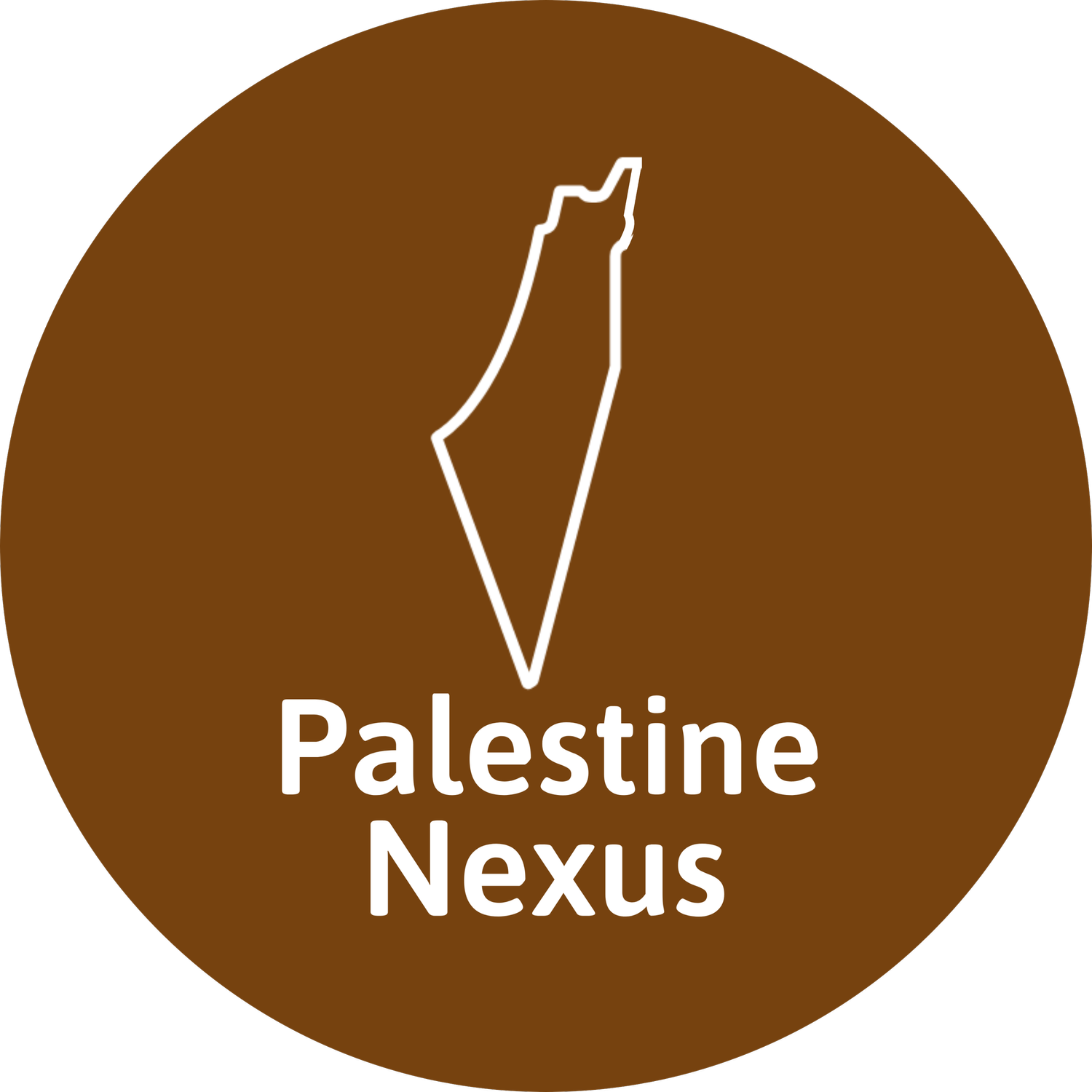How to Write Palestinian History
Historians depend on archives to write history, and archives are usually the providence of states. But the Palestinians are stateless, so how does one go about writing Palestinian history?
Saleem Elrayes, Antique Dealer of Gaza. (Photo Credit: Zachary Foster)
Historians depend on archives to write history, and archives are usually the providence of states. But the Palestinians are stateless, so how does one go about writing Palestinian history?
Meet Saleem Elrayes (above photo). His used book store & antique shop in the old town of Gaza City is home to one of the best private collection of materials to study Palestinian history.
Saleem’s shop houses thousands of documents, letters, private papers, rare books, newspapers and magazines related to social, political and economic history of Palestine from the 1910s-present, with the bulk of the material from the 1920s-1950s. Some ~600 documents from his private collection are available to download here, for free. I recently acquired another ~250 documents from Selim, and will be posting those next week. Stay tuned!!
A 1945 letter signed by the Orthodox Patriarch of Jerusalem (Palestine Nexus: The Gaza Collection).
A sample of some documents in his collection includes:
A “one of one“ 1947 letter sent by Haj Amin al-Husseini to distant relatives in Gaza calling for the boycott of the “Jewish Nesher” cement company; another 1947 letter Haj Amin al-Husseini sent to Iraqi notables as a part of a fundraising campaign.
Hundreds of Arabic (& even a few Ottoman) documents related to his grandfather and great grandfather’s family business importing coal from Sudan in the 1910s-1940s; thousands of documents on Raghib Zimmo, a Jaffan businessman who was heavily involved in the textiles and cement trade.
Rare copies of dozens of Palestinian textbooks, school workbooks, religious texts, local histories, newspapers and magazines from the 1920s-1980s.
Documents related to the social history of Gaza during the 1948 Palestine War.
Here are some other historians who have ventured off the beaten path to uncover Palestine’s buried history:
Beshara Doumani described his efforts in the 1980s going door to door, house to house, tracking down family papers and property deeds in Nablus. He talks about this and more in an August 2014 episode of the Ottoman History Podcast. The book that resulted from the research, Rediscovering Palestine: Merchants and Peasants in Jabal Nablus, 1700–1900, remains one of the most original and innovative books on the history of Palestine to date.
Salim Tamari has found & published a small library of diaries and memoirs from the late Ottoman and Mandate periods written by ‘Arif al-‘Arif, Ihsan Turjaman, Khalil Sakakini, Wasif Jawhariyya and others. How he found the unpublished manuscripts should itself be the subject of research.
Rashid Khalidi made extensive use of the private collection of documents located in the Khalidiyya Library in Jerusalem in his classic book, Palestinian Identity: The Construction of Modern National Consciousness. Some of the more important documents utilized include a 1799 letter from ‘Abdallah Faydallah [governor of Gaza], to the Qadi, Mufti, notables & military commanders of Jerusalem, warning of approach of a French army; a 1701 petition to Sultan Mustafa II from notables of Jerusalem; the unpublished memoirs of al-Hajj Raghib al-Khalidi]; an 1898 letter to Ruhi al-Khalidi; a folder of press clippings, published materials on Zionism; twelve letters (1989-1900) to Yusuf Diya’ al-Khalidi; Seven 1898 letters to Ruhi al-Khalidi from Istanbul, and much more! For a complete list, see page 268 of the aforementioned book.
Hanna Abu Hanna traveled to Buqei’a, Beit Jala, Haifa, Jaffa, Rameh and Egypt looking for the descendants of the graduates of the Russian Teacher’s Seminary in Nazareth who studied there from 1886-1914, collecting papers in their possession. Those documents were critical in piecing together the history of the best Arab high school in Palestine in the 1890s-1910s. Incidentally, this was the same high school attended by Khalil Baydas, Najib Nassar and Salim Qubayn, three of the earliest Arabs to use the term “Palestinian” (Filastini) in their writings.
Alaa al-Sayed, the Syrian lawyer & historian, has spent more than a decade saving historical manuscripts, documents, newspapers, books and texts in Syria from the depravities of war. In this photo, he appears to be reading an Ottoman document from his personal library in Aleppo. In another photo, he’s reading a copy of the Jaffa based newspaper, Filastin.
Alaa al-Sayed, Syrian historian. (Photo: Instagram, Ramallah.mix)
If you enjoyed this article, check out our online courses for a comprehensive understanding of the history of Palestine and Israel.




